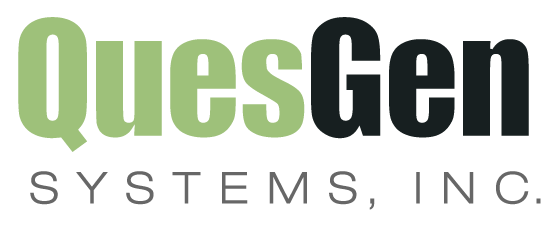Academic Research: Preventing Roadblocks and Overcoming Obstacles
by Mike Jarrett | Mar 17, 2022 | Data Management | comments

One of the most rewarding aspects of clinical research is the potential impact your study can have on the future of people’s health and quality of life.
But any number of obstacles could jeopardize your ability to generate the right data and analyze the information – whether that’s slowing down the study itself, forcing you to fit your data capture requirements into a narrow box, or limiting the ability long-term to pull the data so it can be analyzed from a number of different directions.
The impact of COVID on study protocols
Even further, as the pandemic has pushed many researchers to go virtual – something that’s now become mainstream, this has reinforced the need to put the data capture in the hands of the participants vs the study administrator.
As a result, academic institutions are looking for a database solution that was designed for that very purpose.
Identifying obstacles and mitigating risk prior to study launch
Because of this we’ve spent the last several years refining our database platform to help researchers overcome these challenges.
The goal of the information in this article is not to pinpoint shortcomings of any particular product or what researchers are doing wrong – rather, it’s about highlighting common challenges that may arise under certain circumstances and providing some insight as to how QuesGen could help you overcome this at your academic institution.While tools like RedCap are still highly effective for many studies, it’s helpful to know what options exist to avoid obstacles in advance.
What we'll cover in this short series
In this series, we're going to identify common obstacles to academic research and provide guidance on how you might overcome those limitations through the use of QuesGen's data platform.
The obstacles include:
- Limitations due to study complexity
- Current research database tools don't offer custom integrations
- Researchers need to move faster from funding to study start
- A variety of data needs to be captured directly from the participants at several time points
